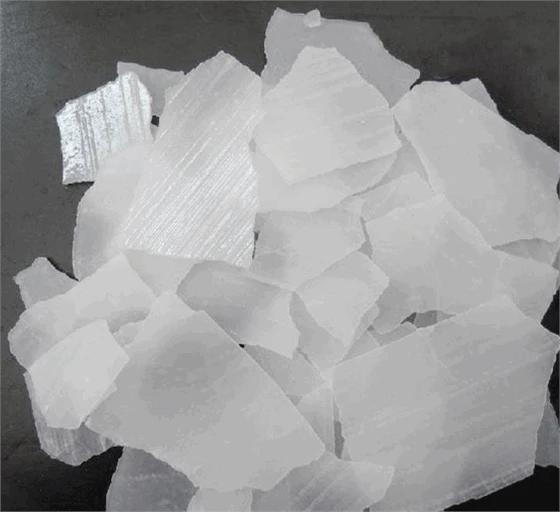



Understanding the Differences Between Chlorine and Chlorine Dioxide in Water Treatment
The Importance of Chlorine and Chlorine Dioxide in Water Treatment
Chlorine and chlorine dioxide are two powerful chemical agents widely used in water treatment processes across the globe. Their effectiveness in disinfecting water and eliminating harmful pathogens makes them essential for ensuring safe drinking water and maintaining public health. This article explores the properties, applications, and environmental considerations of chlorine and chlorine dioxide.
Properties and Characteristics
Chlorine (Cl2) is a greenish-yellow gas at room temperature and is known for its pungent odor. It is highly reactive and can combine with a multitude of substances, making it an excellent disinfectant. In contrast, chlorine dioxide (ClO2) is a pale yellow gas with a characteristic odor that is often described as similar to that of chlorine, but less potent. Unlike chlorine, chlorine dioxide does not form chlorinated byproducts when used in water treatment, making it a preferred alternative in some applications.
Applications in Water Treatment
One of the primary applications of chlorine is in the disinfection of drinking water and wastewater. When added to water, chlorine reacts with microorganisms, effectively killing bacteria, viruses, and protozoa. This process is vital in preventing waterborne diseases that pose significant health risks.
Chlorine dioxide, on the other hand, is often used in advanced water treatment facilities, especially in areas where removing organic matter and biofilm disinfection are critical. It is highly effective against a wide range of pathogens, including bacteria, viruses, and fungi, making it effective for treating both potable and industrial waters.
In addition to disinfection, chlorine and chlorine dioxide are also employed in the bleaching of pulp and paper and in the treatment of industrial wastewater. Their oxidative properties make them useful in breaking down contaminants and organic materials, thereby improving the quality of effluent before it is released into natural water bodies.
chlorine chlorine dioxide

Safety and Environmental Considerations
While chlorine and chlorine dioxide are effective disinfectants, their use comes with certain safety and environmental considerations. Chlorine gas is toxic and can pose health risks if inhaled in concentrated amounts. Therefore, safety measures must be implemented when handling and storing chlorine to prevent exposure to workers and nearby communities.
Chlorine dioxide, although less toxic, also requires careful handling due to its reactive nature. It can decompose explosively if concentrated, which necessitates strict controls in water treatment facilities that use this compound.
Furthermore, the formation of disinfection byproducts (DBPs), such as trihalomethanes (THMs) and haloacetic acids (HAAs), is a significant concern when using chlorine in water treatment. These compounds are formed when chlorine reacts with organic matter in water and have been linked to adverse health effects, including an increased risk of cancer with long-term exposure.
To mitigate these concerns, water treatment facilities are increasingly opting for chlorine dioxide. Its non-formation of harmful byproducts when used in appropriate concentrations makes it an attractive alternative to traditional chlorine treatment methods. However, chlorine dioxide's application should also be monitored closely to prevent any potential side effects.
Conclusion
Chlorine and chlorine dioxide play crucial roles in water treatment processes, ensuring that safe drinking water is accessible to communities worldwide. Their effectiveness in disinfecting water and reducing pathogen loads has made them invaluable in maintaining public health. However, the safety and environmental implications of their use must be carefully managed.
As water safety regulations evolve and public awareness of water quality increases, ongoing research and innovation in water treatment technologies will likely enhance our ability to harness the benefits of chlorine and chlorine dioxide while minimizing potential risks. Through responsible use and technological advancements, the future of water treatment can remain effective, safe, and environmentally friendly.
-
Why Sodium Persulfate Is Everywhere NowNewsJul.07,2025
-
Why Polyacrylamide Is in High DemandNewsJul.07,2025
-
Understanding Paint Chemicals and Their ApplicationsNewsJul.07,2025
-
Smart Use Of Mining ChemicalsNewsJul.07,2025
-
Practical Uses of Potassium MonopersulfateNewsJul.07,2025
-
Agrochemicals In Real FarmingNewsJul.07,2025
-
Sodium Chlorite Hot UsesNewsJul.01,2025










